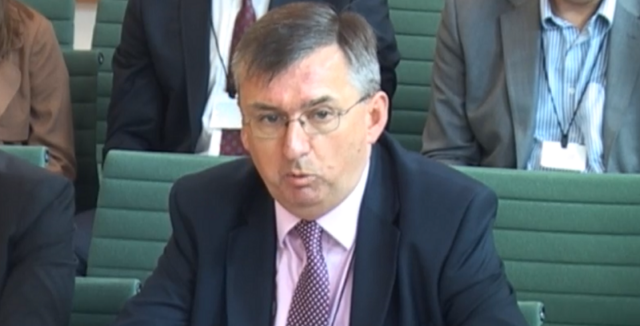Graduates given bursaries of up to £26,000 to train as teachers were less likely to get jobs in schools than those without bursaries, according to a new government study.
Trainees with larger bursaries were also less likely to go on to teach than those trainees with smaller bursaries.
The Department for Education has published its first proper analysis of the impact of bursaries. It looks at whether graduates go on to get qualified teacher status and take teaching jobs.
However, researchers stated the findings are only an “experimental analysis” that needs further evaluation. The report was published yesterday as an “annexe” to a larger report on teacher supply published last month.
The initial findings don’t provide a ringing endorsement for the government’s efforts to boost teacher recruitment via bursaries, and it’s not the first time the policy has been called into question.
In 2016, National Audit Office found almost £1 billion had been spent on bursaries by the end of last year, but warned that their effectiveness has not been properly evaluated. The government has also missed its own teacher recruitment targets for five years in a row.
The DfE study, which looked at data from 2009 to 2016, found 11 per cent of newly qualified teachers with a bursary never got a teaching job, compared with 9 per cent of new teachers without a bursary.
However, researchers pointed out this “may be the result of other factors, such as the greater demand for degree holders in these subjects elsewhere in the economy”.
There is greater demand for degree holders in these subjects elsewhere in the economy
Bigger bursaries were also less likely to get trainees into jobs. In 2015-16, 90 per cent of trainees who received a bursary worth less than £4,999 took up a teaching post in a school, compared with 80 per cent of trainees with a bursary worth more than £25,000.
There was also little difference between the highest paid bursary and non-bursary trainees in terms of achieving qualified teacher status in the most recent data. In 2015-16, 93 per cent of trainees in subjects without bursaries got QTS, compared with 91 per cent of those with bursaries of £25,000 or more.
But over the whole period looked at, a slightly higher proportion of all trainees with bursaries got QTS (93 per cent) than non-bursary trainees (91 per cent).
Trainees in shortage subjects least likely to teach
The research shows that 18 per cent of new physics teachers given bursaries didn’t get a teaching job, compared with only seven per cent of new English teachers handed bursaries.
The government has continued to struggle to fill physics trainee places, meeting only 68 per cent of its target in the most recent figures. By contrast, 90 per cent of English trainee places were filled.
Meanwhile only 85 per cent of physics trainees got QTS who were paid bursaries, compared with 96 per cent of history graduates with a bursary. History was the only subject the government over-recruited for last year.

“Graduates in high value bursary subjects are typically in greater demand elsewhere in the labour market,” said the DfE report, suggesting this may lead to greater withdrawal rates in those subjects.
Overall, more than half (56 per cent) of all postgraduate trainees who began initial teacher training got some kind of bursary in the period looked at.
But the data also needs to be treated with caution, according to the report. The QTS and employment rate for trainees with bursaries “can be the result of a number of contributing factors” and not necessarily just bursaries themselves.
The government’s approach
Bursaries were in place in 2009, before the coalition government came to power, with trainees in some sciences and maths eligible for £9,000 training bursaries, and lesser bursaries available for arts subjects and modern languages.
In 2012-13, bursaries were increased so graduates with first class degrees in sciences and maths could get between £20,000 to £24,999. A phased approach to maths bursaries, with larger payouts over time, is now being trialed to help with retention.
Since then, stringent eligibility criteria have been gradually loosened. Now, graduates with 2:2s in some subjects are eligible for the largest bursaries. However, the education secretary Damian Hinds has denied the government is “dumbing down” entry requirements to the profession.
A DfE spokesperson said the bursaries “are helping to attract people to the profession” and were developed with bodies such as the Institute of Physics and the Royal Society of Chemistry to help recruit the “right candidates.”
“We also want to retain those teachers and are working with school leaders and unions on a strategy to drive recruitment, boost retention and strip away unnecessary workload, which we know has a big impact on staff morale.”



Your thoughts